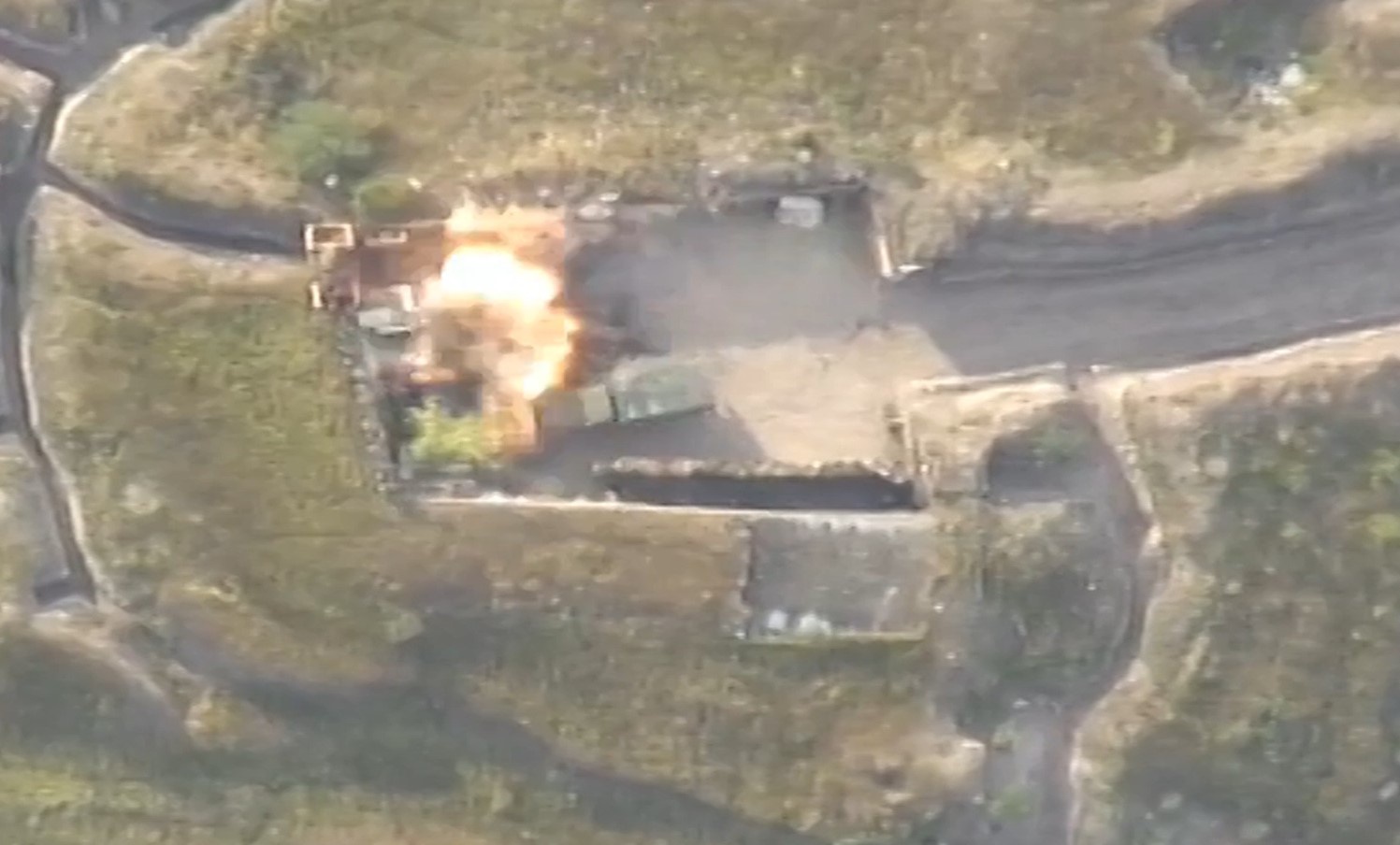As tensions between Armenia and Azerbaijan over the Nagorno-Karabakh region of Azerbaijan turned into fighting this week, some Azerbaijani officials say Yerevan is set to involve other countries into the long-standing conflict.
Elin Suleymanov, the Ambassador of Azerbaijan to the United States, is convinced that the government of Armenia is set to drag other countries into the conflict that has been threatening the region’s security for years.
‘‘I think what they are trying to do is to expand the conflict and to involve third parties because as you know Armenia is the member of the Collective Security Threat Organization and they have already appealed for it,’’ Suleymanov said Monday in an interview for The John Batchelor Show on New York’s 77 WABC Radio.
Launched in 1992, the Collective Security Threat Organization or CSTO currently includes Russia, Kazakhstan Kyrgyzstan, Tajikistan, Armenia and Belarus. The military bloc operates under a similar premise to that of NATO: an attack on one member state is considered an attack on all others, and each is obliged to support their fellow members.
On July 13, CSTO Secretary General Stanislav Zas initiated an emergency meeting after the government of Armenia appealed to the organization. The meeting was scheduled to take place on the same day, but later, the statement disappeared from the organization’s website. The press service of the CSTO reported that the meeting was postponed until further notice due to consultations between the parties.
In a statement published to the organization’s website, the CSTO urged the parties to the conflict to restore the ceasefire in the CSTO responsibility zone.
Meanwhile, similar statements came from CSTO member countries.
Dmitry Peskov, spokesman for Russia’s President Vladimir Putin, said Russia was ‘‘deeply concerned’’ about the outbreak of violence and urged both parties to show restraint and to ‘‘comply with their obligations under the ceasefire.’’
Kazakhstan’s foreign ministry issued a statement on Tuesday in which said the country was ready to mediate within international organizations, but CSTO was not listed.
‘‘We are ready to contribute in every possible way to the search for peaceful ways to resolve the conflict within the framework of international organizations, including the UN, OSCE, CIS, and CICA,’’ the statement reads.
Eleven Azerbaijani servicemen, including one general, were killed in the latest attacks along the border between Armenia and Azerbaijan. One civilian was also shot dead after the Armenian forces shelled at the Azerbaijani villages located near the border.
Armenia’s defense ministry said that its four servicemen was killed and 15 injured, but some believe the figures are likely to be much higher. Social media users in the country claimed that the government is deliberately hiding real numbers, which they believe is more than 30, of which seven are said to be officers.
The bloody clashes took place along the international border between the two South Caucasus nations, nearly 200 kilometers north of Azerbaijan's Nagorno-Karabakh region occupied by Armenia.
Tensions between Armenia and Azerbaijan have remained high over the last three decades following a four-year full-scale war in the early 1990s. Armenia launched an all-out military campaign to occupy Azerbaijan’s Nagorno-Karabakh region, where partial ethnic Armenian population lived side by side indigenous Azerbaijanis.
A full-scale war lasted until the ceasefire in 1994 and resulted in Armenia occupying the Nagorno-Karabakh region and seven surrounding districts — all comprising approximately 20 percent of Azerbaijan’s internationally recognized territory. As a result, an unrecognized, self-proclaimed illegal separatist regime was established in the occupied territories.
Armenia has been keeping historically and internationally recognized Azerbaijani lands under its occupation despite four UN resolutions, demanding withdrawal of Armenian forces from occupied Azerbaijani territories, and international mediation by the US, France, and Russia within the OSCE Minsk Group.
Some experts believe the recent attack proves that Armenia does not consider a peaceful settlement of the conflict.
‘‘The Armenian side has committed the undermining of the peace process, the Minsk Group process, and they’ve tried to show that they don’t want peace,’’ Ambassador Suleymanov said on Monday.
‘‘They claim that the proxy regime on the occupied lands which they’ve created in occupied Nagorno-Karabakh is somehow legitimate party to the negotiations which is a lack common sense. But now they also prove that it is Armenia which is the belligerent side,’’ he added.







 The number of evacuees from flooded areas in Kazakhstan has reached 97,852 people, including about 32,856 children since March 27.
The number of evacuees from flooded areas in Kazakhstan has reached 97,852 people, including about 32,856 children since March 27.
 The Islamic holy month of fasting, Ramadan comes to an end this week with the celebration of a joyous festival called Eid (meaning “festival” in Ar...
The Islamic holy month of fasting, Ramadan comes to an end this week with the celebration of a joyous festival called Eid (meaning “festival” in Ar...
 Iran's senior military leaders described the drone and missile attack on Israel on April 14 night as “successful".
Iran's senior military leaders described the drone and missile attack on Israel on April 14 night as “successful".
 Iranian President Ebrahim Raisi warned Israel that it would face a "real and extensive" response if it makes any "mistake" following Tehran’s missi...
Iranian President Ebrahim Raisi warned Israel that it would face a "real and extensive" response if it makes any "mistake" following Tehran’s missi...



